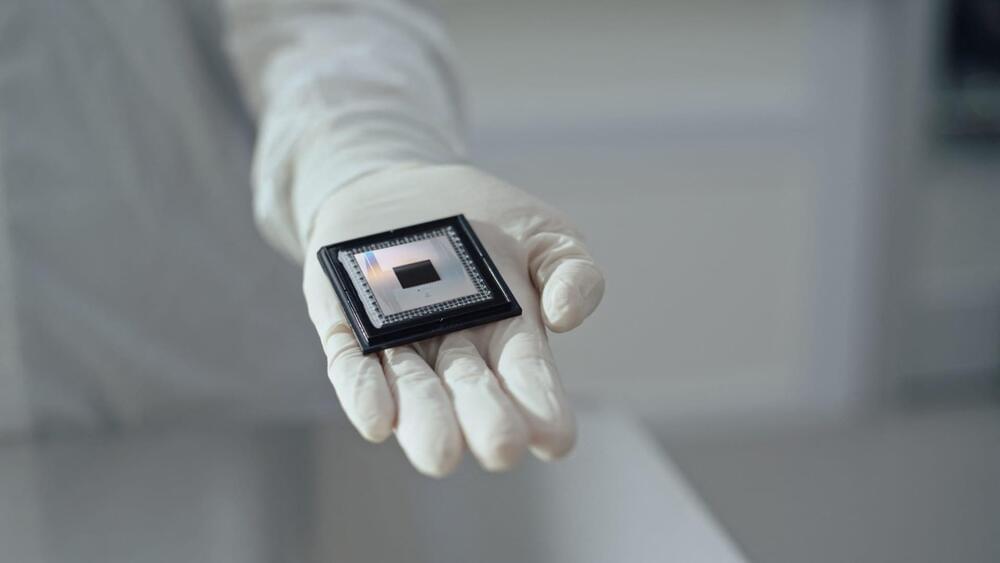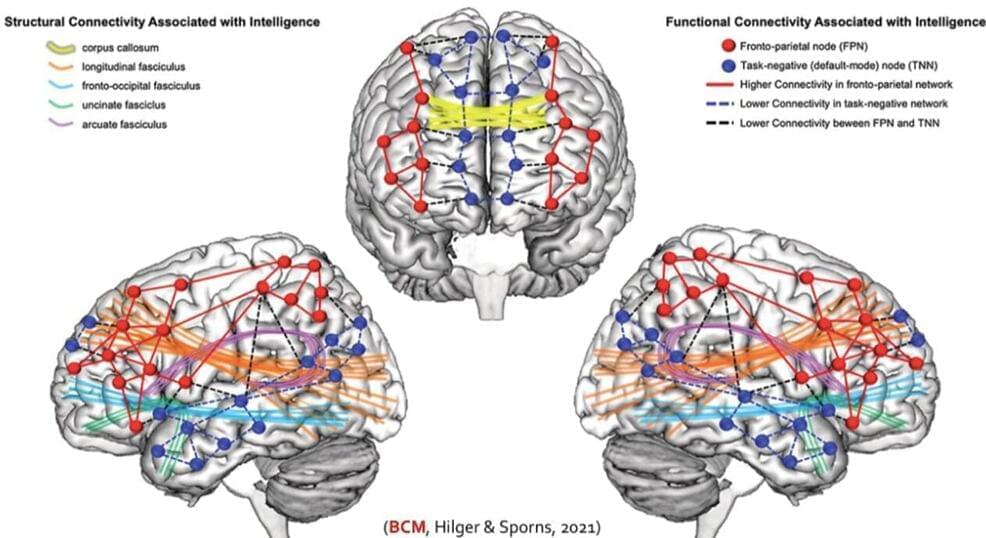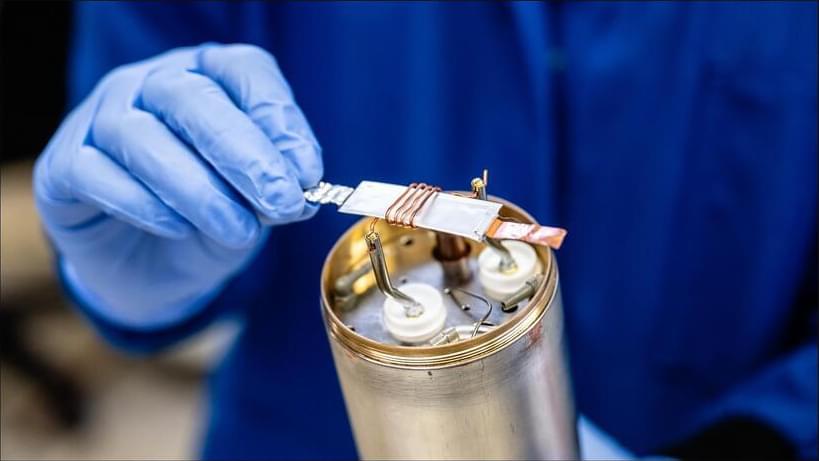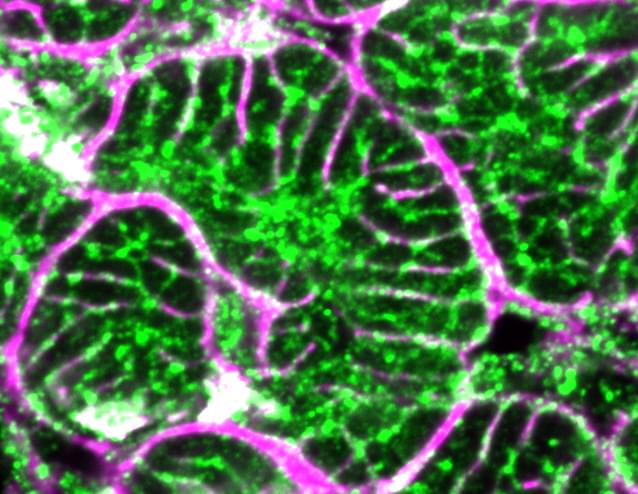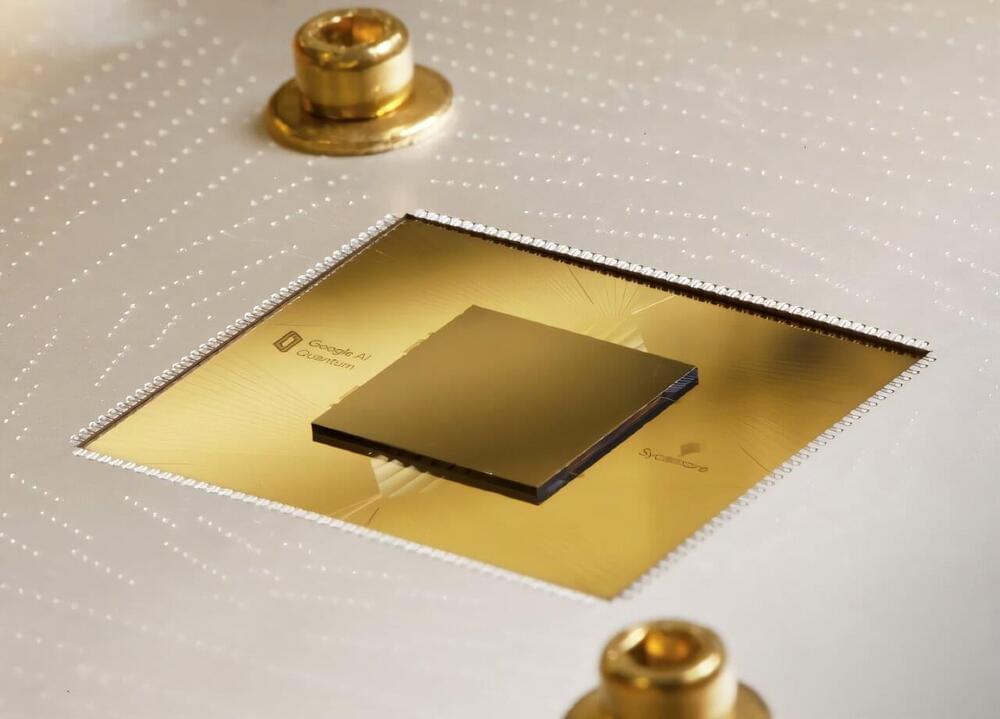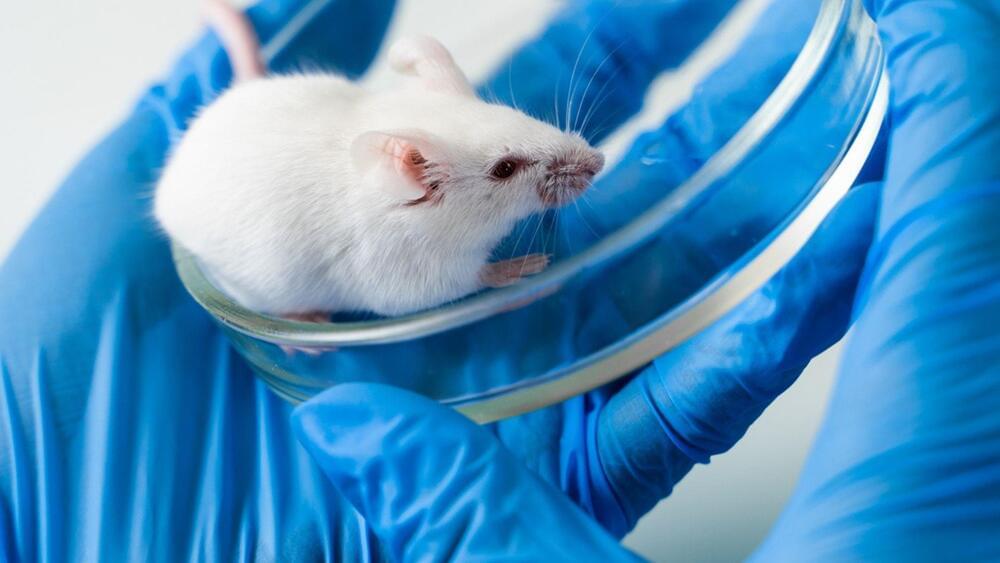Learn more about artificial intelligence on Brilliant! First 30 days are free and 20% off the annual premium subscription when you use our link ➜ https://brilliant.org/sabine.
Scientific literature is growing rapidly, meaning scientists are increasingly unable to keep up with all of the latest developments in research. AI large language models, though, can read and “digest” information much more quickly than their human counterparts, making them the perfect tools to conduct massive literature reviews. Recent research shows they’re also very accurate at predicting the results of studies that they’ve never read before. Let’s take a look.
Paper: https://www.nature.com/articles/s4156…
🤓 Check out my new quiz app ➜ http://quizwithit.com/
💌 Support me on Donorbox ➜ https://donorbox.org/swtg.
📝 Transcripts and written news on Substack ➜ https://sciencewtg.substack.com/
👉 Transcript with links to references on Patreon ➜ / sabine.
📩 Free weekly science newsletter ➜ https://sabinehossenfelder.com/newsle…
👂 Audio only podcast ➜ https://open.spotify.com/show/0MkNfXl…
🔗 Join this channel to get access to perks ➜
/ @sabinehossenfelder.
🖼️ On instagram ➜ / sciencewtg.
#science #sciencenews #ai

